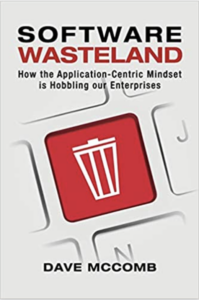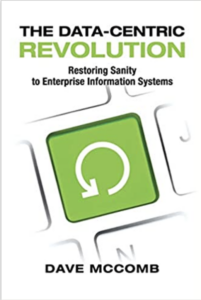The Beginnings
Semantic Arts’ history actually begins long before Semantic Arts. As Dave McComb is quick to point out, he started his professional career as “part of the problem”. Beginning with Andersen Consulting (the part of Arthur Anderson that became Accenture) straight out of school, Dave spent 13 years leading large, successful enterprise application development projects. This included two custom ERP design, build and implementations, including one which took pace in Papua New Guinea (one of the remotest places in the world).

First Principles

Dave would leave Andersen to pursue and promote the adoption of what was then the relatively new discipline of Object-Oriented development. It was in this incarnation that he began to see the semantic light.
The process of identifying and designing the “classes” in an object-oriented system seemed so arbitrary and unprincipled. Two early white papers provided the impetus to begin viewing information from the vantage point of meaning.
In 1992, while working with the architects who designed all the Wal-Marts in North America, he led his first semantic modeling workshop and began building Object-Oriented systems around a semantic core.
Velocity.com
In the mid to late 1990’s, while getting his “dot com” merit badge, Dave co-founded Velocity.com, which was a healthcare software startup. One day while drawing a detailed rendition of the architecture on a white board, it occured to him that lurking in the many configuration files scattered throughout the architecture was a model. This eventually became a semantic model, and not of an application but applications themselves. This led to rebuilding the architecture around this model, which was patented as the first fully model-driven architecture.

Right as Velocity was preparing it’s IPO (they had a ticker symbol and everything!), the dot com bubble burst. As the architecture and patents were caught in the burning wreckage of velocity.com, Dave and some of his co-conspirators postulared that what they had learned in uncovering and applying semantics might form the basis for a professional services consulting practice.
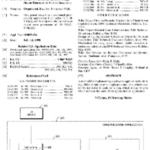
Semantic Arts
Semantic Arts was launched in the summer of 2000. In 2001, the Tim Berners-Lee article in Scientific American hit the newsstands. It looked like it would only be a matter of time before companies were clamoring for semantic technology.
It was a matter of time. A lot of time. For most of those early years, the crew bid on and peformed traditional IT consulting projects (feasbility studies, requirements analysis, long-range IT plans, architecture designs, and the like). Every project was executed using semantic technology, mostly in the background and occasionally surfacing in some deliverables.
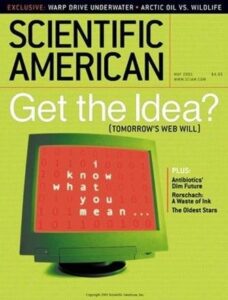
Dave wrote “Semantics in Business Systems” in 2003 and co-founded the Semantic Technology Conference in 2007. As Yogi Berra has so famously observed, “They stayed away in droves”.
Finally, the ice began to melt. Companies began asking for semantics. The “O” word (Ontology) could be uttered in polite company. The firm began building ontologies and designing semantic architectures to implement them, but those ontologies and architectures languished on bookshelves.
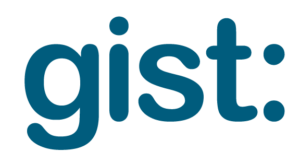
The firm pivoted. Semantic Arts needed to become enablers, so we built architectures, loaded them with ontologies, and populated triples. As with many software companies, we also built their own internal systems using the approaches espoused, in the process known as “eating your own dog food”. By building systems with the technology recommended to clients, we got an early preview of what works and what doesn’t.
It was around this time that “gist” was born, Semantic Arts minimalist upper ontology. This ontology has continued to evolve and represent our experiences and best practices formed in over 100 data-centric projects.
As the years continued, Semantic Arts has grown and expanded. In 2020, Semantic Arts Canada and Semantic Arts UK were formed to better serve our clients and attract top talent from around the globe.
Dave has authored two additional books, “Software Wasteland” and “The Data-Centric Revolution”, with the first focused on defining the problem and the second focused on re-inventing the future.
With a team of around 30 employees, we are well positioned to continue to serve existing clients, as well as new ones, along their journey towards a data-centric future. With clients of all sizes across multiple industries, odds are good we have the experience to help with any project.
Semantic Arts is also committed to contributing to the field as thought leaders and innovators. You’ll find members of the team giving presentations at conferences, hosting workshops, sharing knowledge at universities, and writing/blogging on current industry trends.
